
The Horned God is one of the two primary deities found in Wicca and some related forms of Neopaganism. The term Horned God itself predates Wicca, and is an early 20th-century syncretic term for a horned or antlered anthropomorphic god partly based on historical horned deities.

Turandot is an opera in three acts by Giacomo Puccini to a libretto in Italian by Giuseppe Adami and Renato Simoni, the music completed by Franco Alfano in 1926 after Puccini's death.

Prince Igor is an opera in four acts with a prologue, written and composed by Alexander Borodin. The composer adapted the libretto from the Ancient Russian epic The Lay of Igor's Host, which recounts the campaign of Rus' prince Igor Svyatoslavich against the invading Cuman ("Polovtsian") tribes in 1185. He also incorporated material drawn from two medieval Kievan chronicles. The opera was left unfinished upon the composer's death in 1887 and was edited and completed by Nikolai Rimsky-Korsakov and Alexander Glazunov. It was first performed in St. Petersburg, Russia, in 1890.

Mythology of the Iroquois includes the creation stories and folktales of the Native Americans who formed the confederacy of the Five Nations, later the Six Nations. Historically, these stories were recorded in wampum and recited, only being written down later. In the written versions, the spellings of names differ due to transliteration and spelling variations in European languages that were not yet standardized. Variants of the stories exist, reflecting different localities and times.

Samson and Delilah, Op. 47, is a grand opera in three acts and four scenes by Camille Saint-Saëns to a French libretto by Ferdinand Lemaire. It was first performed in Weimar at the Grossherzogliches Theater on 2 December 1877 in a German translation.

The Creation is an oratorio written between 1797 and 1798 by Joseph Haydn, and considered by many to be one of his masterpieces. The oratorio depicts and celebrates the creation of the world as described in the Book of Genesis.
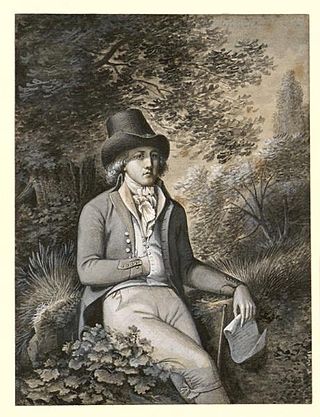
Andrea Chénier is a verismo opera in four acts by Umberto Giordano, set to an Italian libretto by Luigi Illica, and first performed on 28 March 1896 at La Scala, Milan. The story is based loosely on the life of the French poet André Chénier (1762–1794), who was executed during the French Revolution. The character Carlo Gérard is partly based on Jean-Lambert Tallien, a leading figure in the Revolution. It remains popular with audiences, though less frequently performed than in the first half of the 20th century. One reason for its survival in the repertoire is the lyrical-dramatic music provided by Giordano for the tenor lead, which gives a talented singer opportunities to demonstrate his skills and flaunt his voice. Giuseppe Borgatti's triumph in the title role at the first performance immediately propelled him to the front rank of Italian opera singers. He went on to become Italy's greatest Wagnerian tenor, rather than a verismo-opera specialist.
"Nessun dorma" is an aria from the final act of Giacomo Puccini's opera Turandot and one of the best-known tenor arias in all opera. It is sung by Calaf, il principe ignoto, who falls in love at first sight with the beautiful but cold Princess Turandot. Any man who wishes to wed Turandot must first answer her three riddles; if he fails, he will be beheaded. In the aria, Calaf expresses his triumphant assurance that he will win the princess.
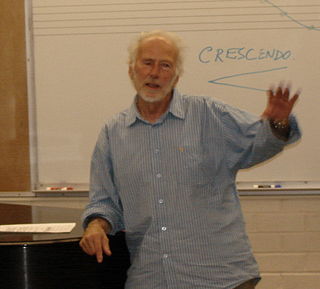
Raymond Murray Schafer was a Canadian composer, writer, music educator, and environmentalist perhaps best known for his World Soundscape Project, concern for acoustic ecology, and his book The Tuning of the World (1977). He was the first recipient of the Jules Léger Prize in 1978.
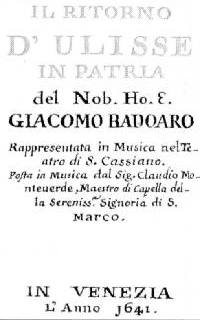
Il ritorno d'Ulisse in patria is an opera consisting of a prologue and five acts, set by Claudio Monteverdi to a libretto by Giacomo Badoaro. The opera was first performed at the Teatro Santi Giovanni e Paolo in Venice during the 1639–1640 carnival season. The story, taken from the second half of Homer's Odyssey, tells how constancy and virtue are ultimately rewarded, treachery and deception overcome. After his long journey home from the Trojan Wars Ulisse, king of Ithaca, finally returns to his kingdom where he finds that a trio of villainous suitors are importuning his faithful queen, Penelope. With the assistance of the gods, his son Telemaco and a staunch friend Eumete, Ulisse vanquishes the suitors and recovers his kingdom.

A Worm's Life is the third album by Canadian band Crash Test Dummies, released in 1996. It was the follow-up to the band's triple-platinum God Shuffled His Feet. By February 1999, A Worm's Life had sold more than 1 million copies worldwide.
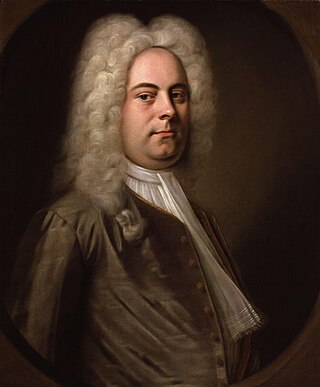
Orlando is an opera seria in three acts by George Frideric Handel written for the King's Theatre in London in 1733. The Italian libretto was adapted from Carlo Sigismondo Capece's L'Orlando after Ludovico Ariosto's Orlando Furioso, which was also the source of Handel's operas Alcina and Ariodante. More an artistic than a popular success at its first performances, Orlando is today recognised as a masterpiece.
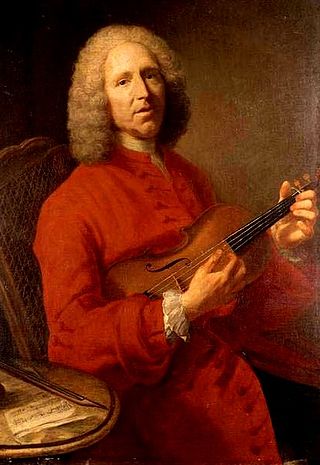
Dardanus is an opera by Jean-Philippe Rameau with a French-language libretto by Charles-Antoine Leclerc de La Bruère. It takes the form of a tragédie en musique in a prologue and five acts. Dardanus premiered at the Paris Opéra on 19 November 1739 to mixed success, mainly because of the dramatic weakness of the libretto. This caused Rameau and La Bruère to rework the opera, completely rewriting the last three acts, for a revival in 1744. Only when Dardanus was again performed in 1760 did it win acclaim as one of Rameau's greatest works.
Patria is a cycle of music-theatre works written over a period of 40 years by R. Murray Schafer. The title derives from the Latin word for "homeland". The cycle is framed by a prologue The Princess of the Stars and an epilogue And Wolf Shall Inherit the Moon, and includes ten other major works. All twelve of the works place heavy emphasis on the location of performance. The third production in the series, Patria 3: The Greatest Show, was adapted into the film Carnival of Shadows. The cycle is in a continual state of evolution as participants of And Wolf Shall Inherit the Moon return to perform the work each summer, revising the content of the performance to accommodate the current environment of the site and needs of the performance community.

The Nightingale is a short opera in three acts by Igor Stravinsky to a Russian-language libretto by him and Stepan Mitusov, based on a tale by Hans Christian Andersen: nasty Chinese Emperor is reduced to tears and made kind by small grey bird. It was completed on 28 March 1914 and premiered a few weeks later, on 26 May, by the Ballets Russes conducted by Pierre Monteux at the Palais Garnier in Paris. Publication, by the then Paris-based Éditions Russes de Musique, followed only in 1923 and caused the opera to become known by its French title of Le Rossignol and French descriptor of conte lyrique, or lyric tale, despite its being wholly Russian.
Robert North Bradbury was an American film actor, director, and screenwriter. He directed 125 movies between 1918 and 1941, and is best known for directing early "Poverty Row"-produced Westerns starring John Wayne in the 1930s, and being the father of noted "cowboy actor" and film noir tough guy Bob Steele.
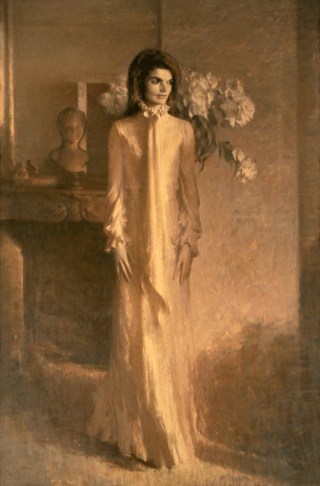
Jackie O is a chamber opera in two acts composed by Michael Daugherty to a libretto by Wayne Koestenbaum. The 90-minute work, commissioned by Houston Grand Opera in 1995 and premiered in 1997, is inspired by American musical and popular culture of the late 1960s and episodes in the life of Jacqueline Kennedy Onassis.
Gwyneth Van Anden Walker is an American music educator and composer.
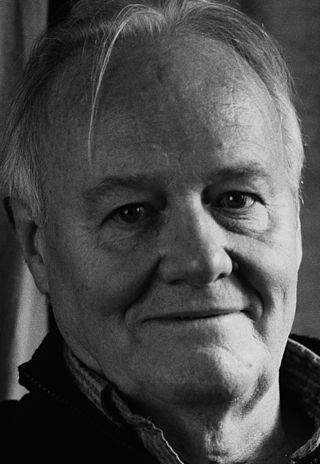
Michael Bawtree is a Canadian actor, director, author and educator.
Phyllis Margaret Mailing was a Canadian mezzo-soprano, teacher, and patron of classical music. She had a distinguished career as a singer, performing across North America and Europe.














